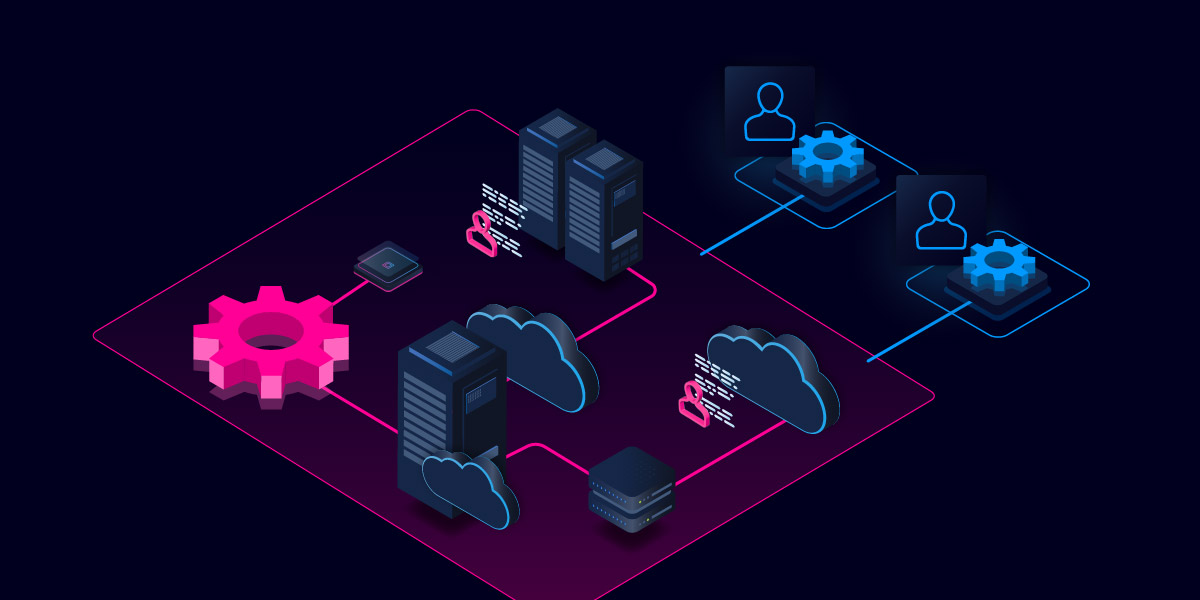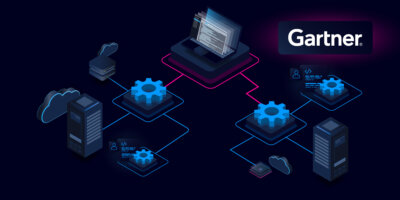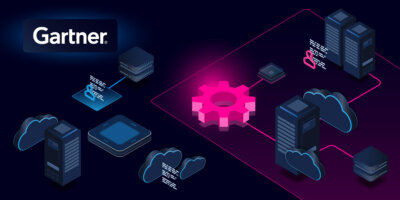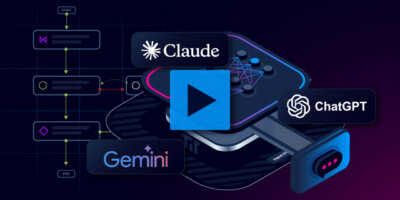Share this

Table of Contents
From scripts to workflows to self-service, here’s how infra engineers can scale their impact with orchestration.
![]()
If you’re building automations, you already know the grind.
A script here. A playbook there. A one-off for that team. A workaround for that tool. Eventually, you’ve got a pile of point automations that work, mostly, but don’t scale, don’t connect, and definitely weren’t built for widespread reuse.
Sound familiar?
That’s because most automation efforts stop at execution. But real infrastructure delivery? It’s more than running a script. It’s about making that automation consumable by your teammates, other teams, platforms, portals, and even GenAI agents.
To get there, you don’t just need more automation. You need orchestration.
And now, Gartner is saying the same thing.
In the 2025 Market Guide for Infrastructure Automation & Orchestration Tools, Gartner writes:
![]()
The use of multiple tools creates fragmentation… that makes it difficult to deliver standardized, repeatable, and scalable infrastructure services.
From Automation to Service
Turning automation into a service means taking what you’ve built and wrapping it with:
- Inputs so others can use it without editing your code.
- Guardrails to ensure it only runs under the right conditions.
- Observability so teams can see what’s happening when it runs.
- Governance to track who ran what, when, and why
- Reusability – So you’re not rebuilding the same logic 10 different ways.
- Self-service delivery so it can be triggered without a human.
That’s the difference between a script and a service.
And that’s what orchestration makes possible.
Why This Matters (More Than Ever)
The more complex your environment, the more dangerous automation silos become. Teams start building their own workflows, using different tools, with no shared control plane. And now with GenAI entering the picture, the pressure to dynamically execute with full governance is only rising.
Without orchestration, you’re left with:
🕶️ Shadow automations
🔁 Repetitive manual steps
📉 No way to scale what works
🚫 No clear path to AI integration
As Gartner points out, orchestration is now a requirement not just for scale, but to support self-service, AI integration, and infrastructure-as-a-product delivery.
What It Looks Like in Practice
At Itential, we work with teams who are doing this every day. And while the tools and environments vary, the orchestration building blocks are always the same:
- Low-code visual workflow builders to unify automation logic.
- Pre/post-checks for compliance and validation.
- Modular input layers to expose automation for reuse.
- Native integrations with ITSM, CMDB, telemetry, and cloud.
- Execution engines that handle CLI, API, and AI-driven actions.
The result? Teams that don’t just automate faster, but deliver smarter.
Automation becomes a product. And infrastructure becomes something other teams can consume.
TL;DR
If you want to scale your impact as an infra engineer, don’t just build automation. Build services.
Orchestration is how you get there. And Gartner agrees.



